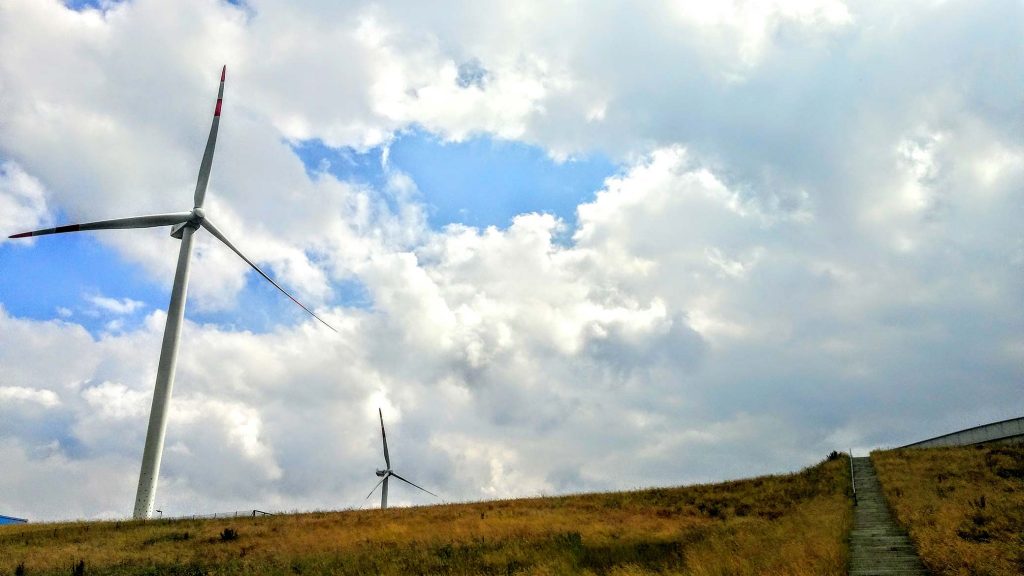
September was a big month for progress on the adaptation and climate justice fronts. Governor Brown signed two landmark climate bills: Senate Bill 32, which extends the Global Warming Solutions Act to cover the state’s 2030 goal of reducing greenhouse gas emissions to 40% below 1990; and a companion bill, Assembly Bill 197, that’s designed to ensure that a fair share of the state’s climate resources for reducing emissions and generating jobs are put into improving the health and economic vitality of less advantaged neighborhoods throughout California.
These landmark climate bills were endorsed by a broad alliance of labor unions, grassroots “environmental justice” organizations and environmental groups, who are all crucial to building public support to achieve the wide-ranging emissions cuts necessary in the years ahead, according to “Advancing Equity in California Climate Policy: A New Social Contract for Low-Carbon Transition,” a new research report by professors Carol Zabin (UC Berkeley) and Manual Pastor (USC ).
Key positions for environmental-justice advocates, Zabin and Pastor explain, include identifying low-income communities of color as locations for environmental cleanup, clean-energy projects and good-paying green jobs. Incentives for residential rooftop solar and clean cars, for example, shouldn’t go only to affluent people, forcing those left out to push for separate programs for renters and low-income drivers.
Similarly, labor unions and their allies have been concerned that not all the “green” jobs generated by climate policies are good jobs. The building trades and other unions fear that the nationwide trend of increasing income inequality will spread within the low-carbon sector, replacing good jobs in conventional-energy infrastructure with clean-energy jobs that don’t offer high enough wages to keep working families in the middle class.


 Meanwhile, in the same week these milestone bills were signed, the Local Government Commission held the second biennial California Adaptation Forum in Long Beach. The event brought together 500 climate leaders and practitioners from across the state to share tools and resources for increasing local resilience to climate-change impacts.
Meanwhile, in the same week these milestone bills were signed, the Local Government Commission held the second biennial California Adaptation Forum in Long Beach. The event brought together 500 climate leaders and practitioners from across the state to share tools and resources for increasing local resilience to climate-change impacts.

